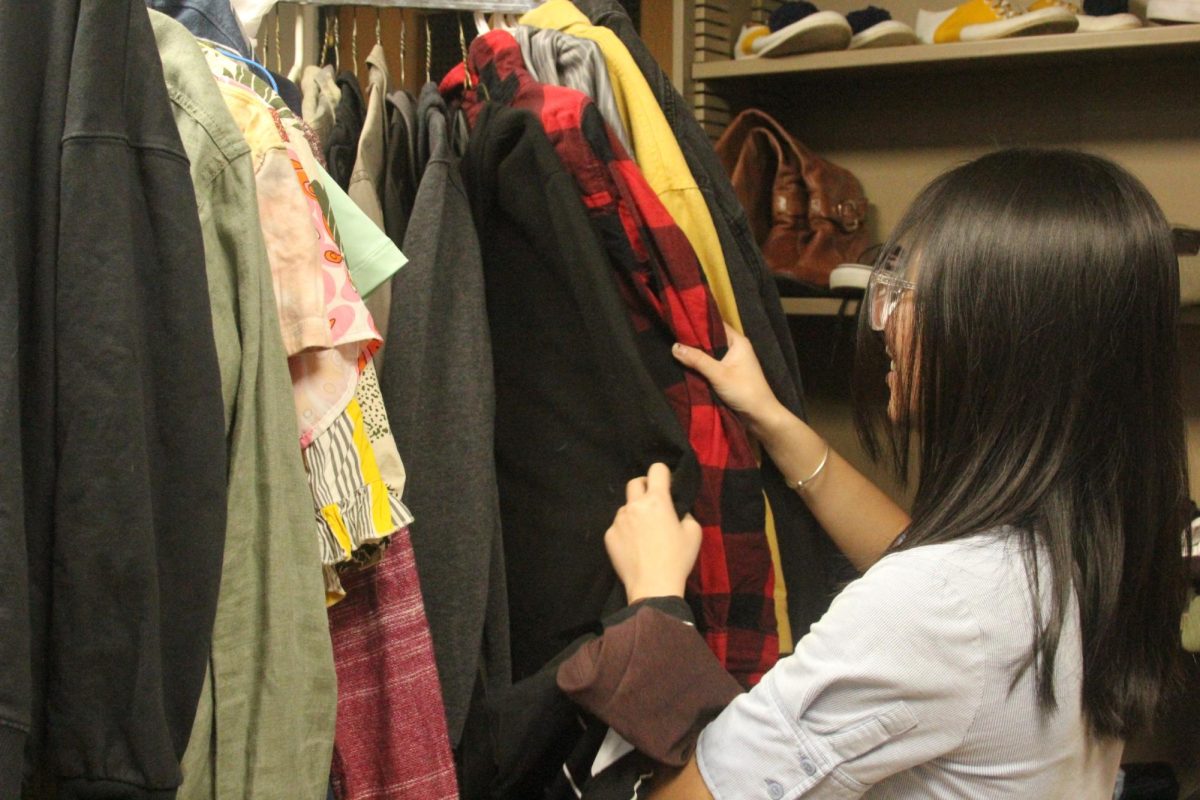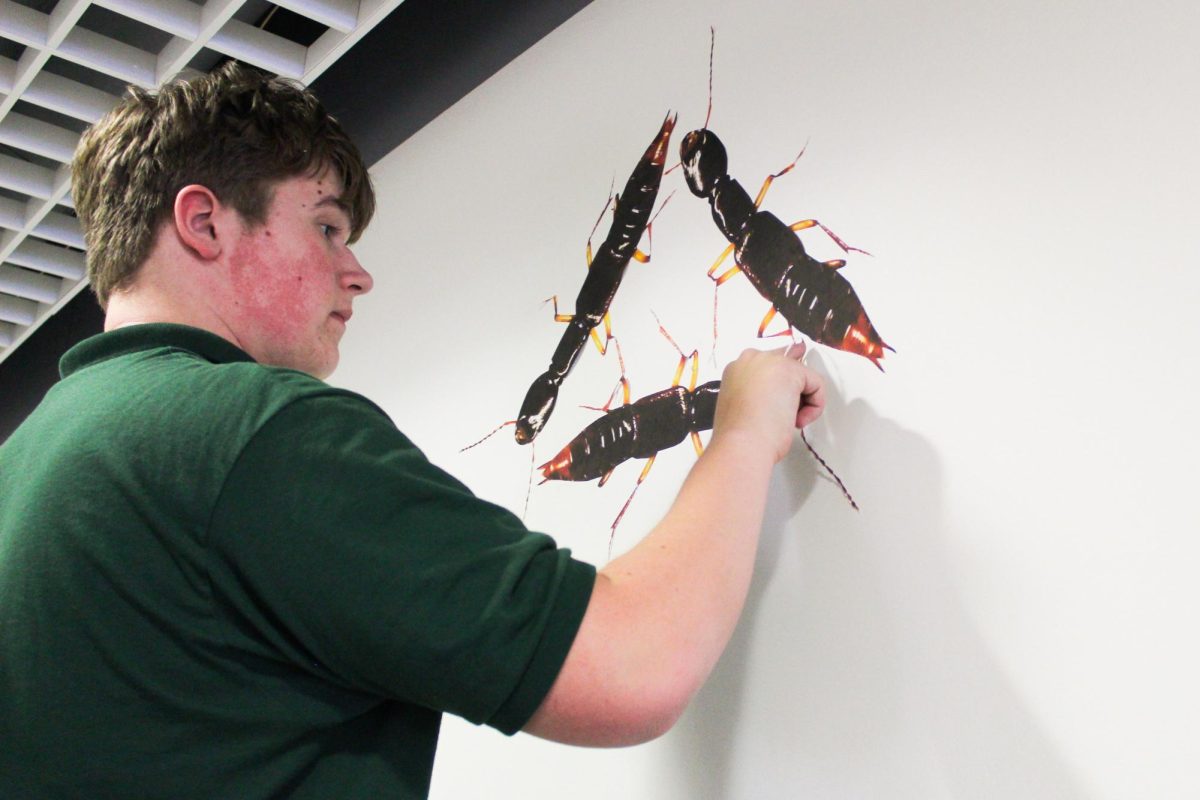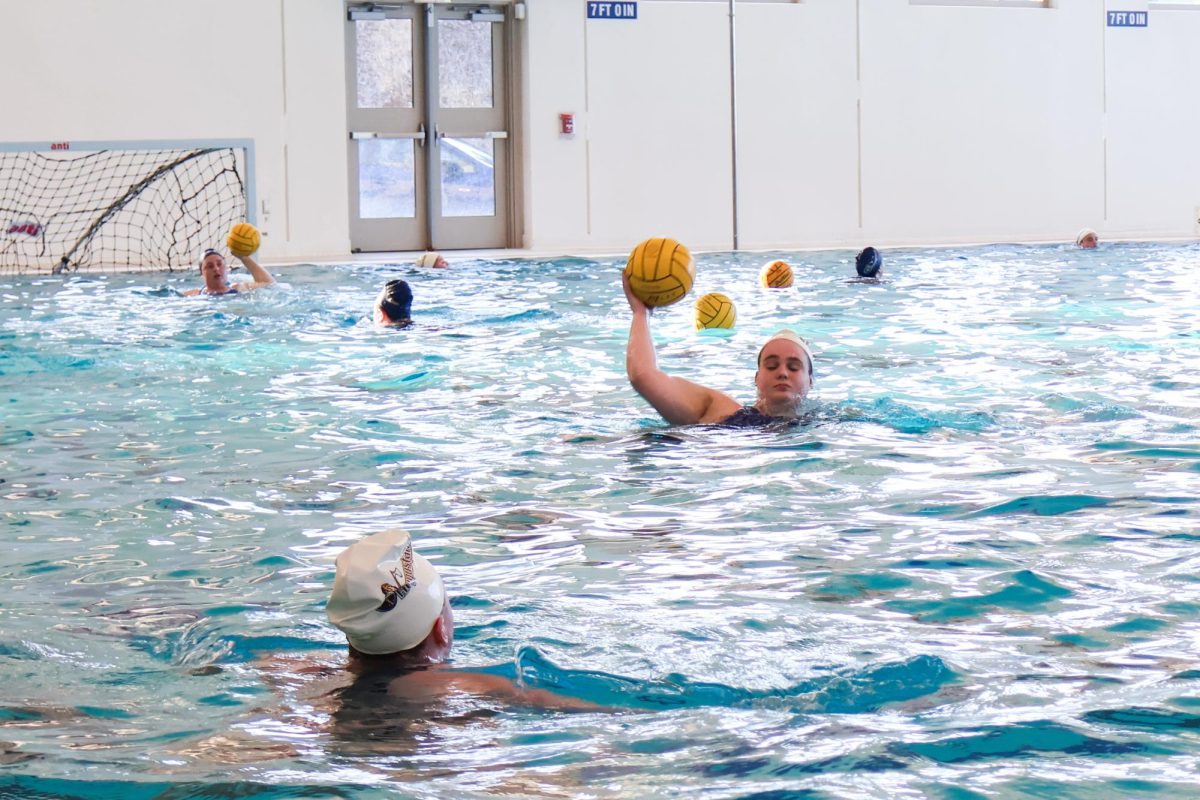As of 2016, the retention rate of students from freshman to sophomore year at Augustana is 88.9% and in the coming years, administration hopes to close the gap and achieve a 90% retention rate. Compared to other colleges, Augustana’s retention rate is higher than projected given its status as a small liberal arts college.
According to U.S. News and World Report data collected in 2014, this rate is the same compared to national universities like American University in Washington, DC and liberal arts colleges like Beloit College in Beloit, WI.
Provost Pareena Lawrence cited the data where the retention rates measured the students considering the college, as it looked at different factors, such as average ACT scores and GPA, that will lead them to stay.
“Based on that, they believe that Augustana’s retention rate should be at around 80 percent. The fact that it is 89 percent actually earns us extra points because it’s better than what is predicted given the profile of our school… Some have 60 percent– especially the public schools. Their retention rates range from 60-70 percent, so ours is very healthy. In fact, 89 percent is really moving up to the elites. Anything over 90 percent– once you hit 90 percent is only a handful of schools in the country,” Provost Pareena Lawrence said.
Augustana’s retention rate statistics come from the Institutional Research Office, which keeps track of the number of students who register in the registrar’s office on the 10th day of classes every year and collects data on how many students were retained from the same group.
Students drop out for a number of different reasons, including illness, a lack of engagement, and not finding the right fit on campus.
“What we have done over the last couple of years is to work towards meeting those needs and fixing those gaps that we know students fall through,” Provost Lawrence said.
Among mechanisms of support that the college has implemented are Starfish and CORE, two programs that Provost Lawrence credits with maintaining the high retention rate.
Starfish gives progress reports that allow students to get a better gauge on how they are performing in classes and alerts them when their professors have concerns about participation or attendance. In Augustana’s Academic Quality Senior Survey of 2016, data collected showed that 75 percent of all faculty on campus used Starfish in the last year to report concerns about students. In the past, if a student was sick and no one knew about it, the issue couldn’t be addressed and the student would fall behind in class. With Starfish, faculty can mark that they haven’t seen a student twice in class, which would alert the student’s CA to go check on them. From there, if the illness is serious, Dean Campbell would be able to get involved and see if the student got what they needed: medical treatment or notes in classes that they missed.
As for CORE, the college’s goals are for the program to prepare all students in making professional or higher education decisions with support.
“Our idea with CORE was to make sure that these opportunities that students have are accessible to all students, not just a handful who are connected.” Provost Lawrence said, “If your father or your mom knows somebody who can give you an internship, that’s how people used to get internships. Now, you just walk into CORE and there’s a list of [internships] and they’ll prepare you and give you professional advice. All of these little pieces add up to make the student experience richer, and when the student experience is good, they tend to stay.”
This push for equal opportunity in education was part of the reason that international student from Sri Lanka, sophomore Brinda Murali, chose to be a part of the 86.1 percent of non-white students who contributed to the retention rate last year.
“Constantly, racial issues, minority issues, being the only person who spoke my native language did not help…” Murali said, “I decided to stay because I made a promise to myself, my parents and this world that I will survive no matter what is thrown at me. Being a person of color can be tough sometimes, you’re a quota used to be filled, but you rise to seek out the opportunities that are around you.”
Provost Lawrence also attributes the retention rate to Augustana’s view on education, an educational philosophy called scaffolding: the college sets high goals for students but makes sure that they reach those goals through a support system.
Provost Lawrence also attributes the retention rate to Augustana’s view on education, an educational philosophy called scaffolding: the college sets high goals for students but makes sure that they reach those goals through a support system.
By Augustana 2020, the college’s goal is to achieve a retention rate of 90 percent. This year, one of the major programs that the college hopes will contribute to the rise in retention rate is the Augie First Gen program, which is for first generation students who often don’t have the parental support for navigating college because their parents did not attend college. Provost Lawrence sees great potential in the continuation of this program and hopes that it will grow to support not only the 200 first generation students of this year’s batch of first years but will include more students in the coming years.










































































































